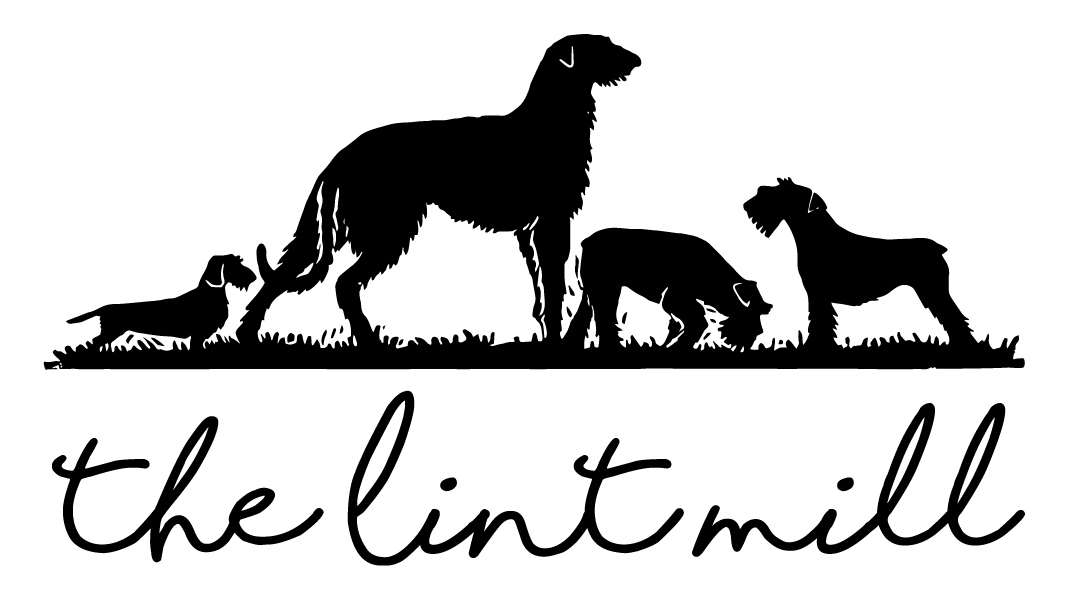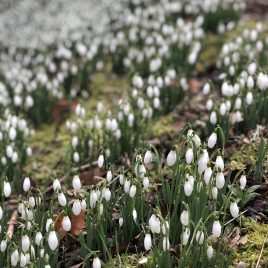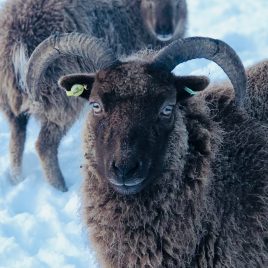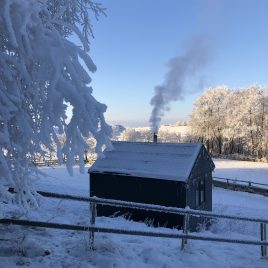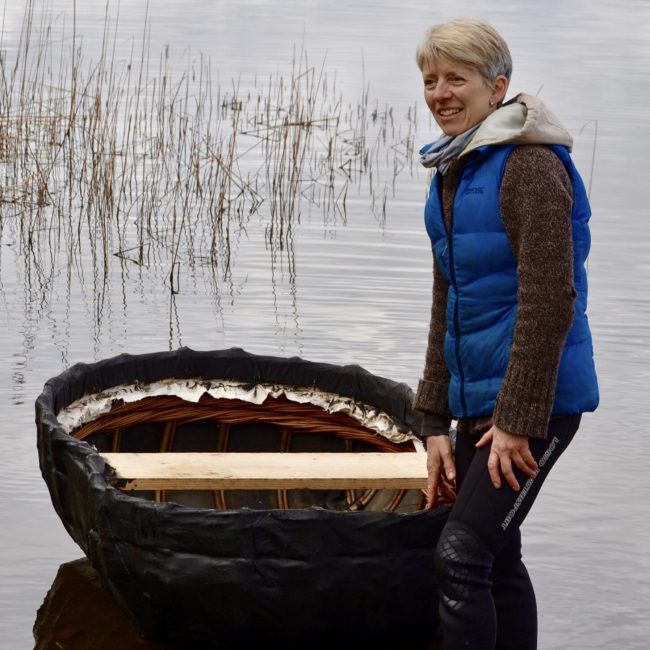
Row, row, row your boat
We are SO excited about the Coracle Building Experience this month. It’s called an ‘experience’ because it’s so much more than a course. The Lint Mill enjoys a beautiful riverside location and so it’s the perfect location to build a boat! There will be camping and we will celebrate the joys of cooking and eating outdoors. Jane is one of the UK’s leading coracle makers and this month’s newsletter is a little about the history of the coracle.
What is a coracle?
A coracle, or currach (as it was known in Ireland) or cwrwgl (as it was originally named in Welsh), is a small one-person boat made out of woven wood and a waterproof covering. They were used in the UK over 2000 years ago, dating back to pre-Roman times, and they are still used today – most commonly for fishing.
Coracles are light, buoyant, affordable and adaptable crafts that can be launched and beached in the most exposed places. Once made exclusively of natural, easily accessible local materials such as willow, hazel and animal hide, they now often use alternative materials such as calico. Despite many changes and innovations, the essential design and qualities of the coracle have remained largely unchanged for centuries.
Boats of this kind have been built and used by different cultures around the world for thousands of years. Traditionally in Wales, the pattern created by the willow weaving correlated to the river it was built for, giving each boat a marker of its origin.
While most places no longer use coracles, there are parts of the UK where the art of making a coracle is preserved. On the River Teifi, the River Towy and the River Taf, in Wales people still use the boats for fishing. Licensed coracle fishers secure a net between two coracles then drift down the river in hope of catching fish as they go. There is also a thriving coracle community in Ironbridge, Shropshire and in the west of Scotland. In Ireland there is an unbroken tradition of usage from prehistoric times to the present. Currachs were used in the modern period for fishing, for ferrying and for the transport of goods and livestock, including sheep and cattle.
Today, coracles are used for tourism and leisure purposes. Coracle racing has become an increasingly popular sport and some coracle designs have been developed specifically for racing.
How is a coracle made?
In times gone by, coracles were made from willow and animal skin, nowadays they consist of willow or thin strips of ash that is interwoven to create the bowl shape. This is then covered with a reinforced material, like canvas painted with bitumen paint.
You make a coracle upside down with the gunwale in contact with the ground. You start by putting the framework in and weaving the first couple of rows of the gunwale. This distinguishes it from virtually every other boat type which are built from the keel up. Construction plans for most coracles do not exist as the skills of the craft has been passed down hand-to-hand for generations.
The end result is a circular boat with a slight ‘waist’ to it that is paddled using a figure of eight ‘sculling’ motion.
Jane Wilkinson, Coracle Builder
Jane has been making baskets and coracles for over 30 years and is considered one of the UK’s foremost coracle builders. Jane runs three-day courses in coracle building. Jane sources willow for the gunwale from Somerset and harvests the bigger willow for the coracle’s framework herself in winter.
Jane is the best kind of teacher: expert in her craft, skilled in recognising the very individual needs of the members of her group and ensuring everyone experiences a sense of achievement and leaves with an object they can really be proud of. Jane also has a deep understanding of trees specifically and ecology more broadly. Her respect for the land and her insistence that we see ourselves as part of nature informs all she does with groups in her workshops.
There is a rich social history surrounding the coracle that tells a story of the dangerous and tenuous lives of the subsistence fishing communities of Scotland and Ireland. It is considered to be an endangered heritage craft and we are delighted to be promoting it here at The Lint Mill.
So here are some images capturing that history.

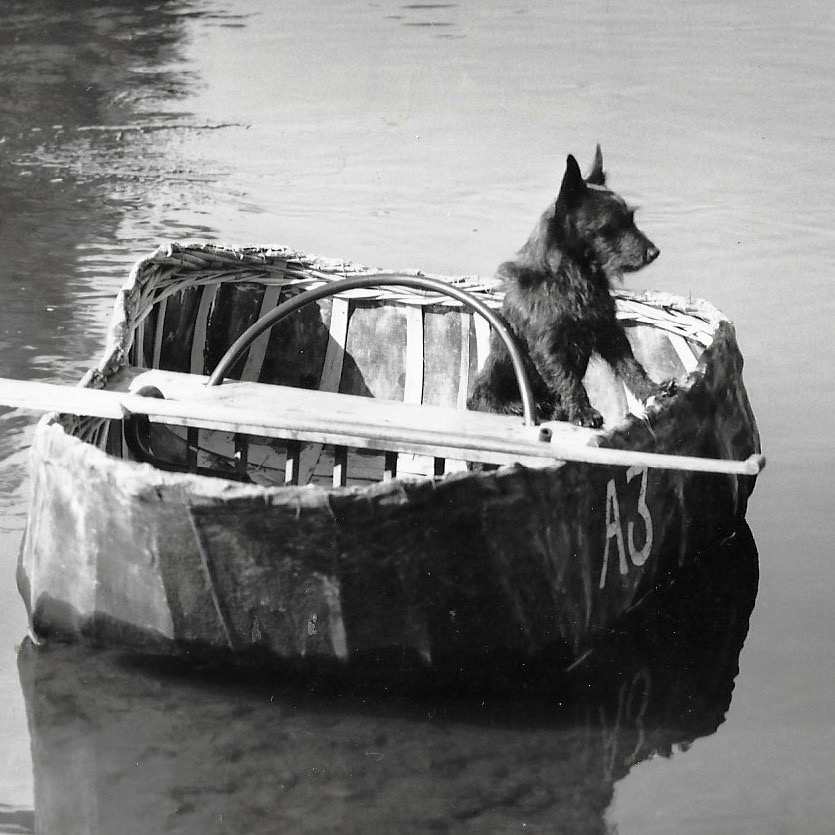
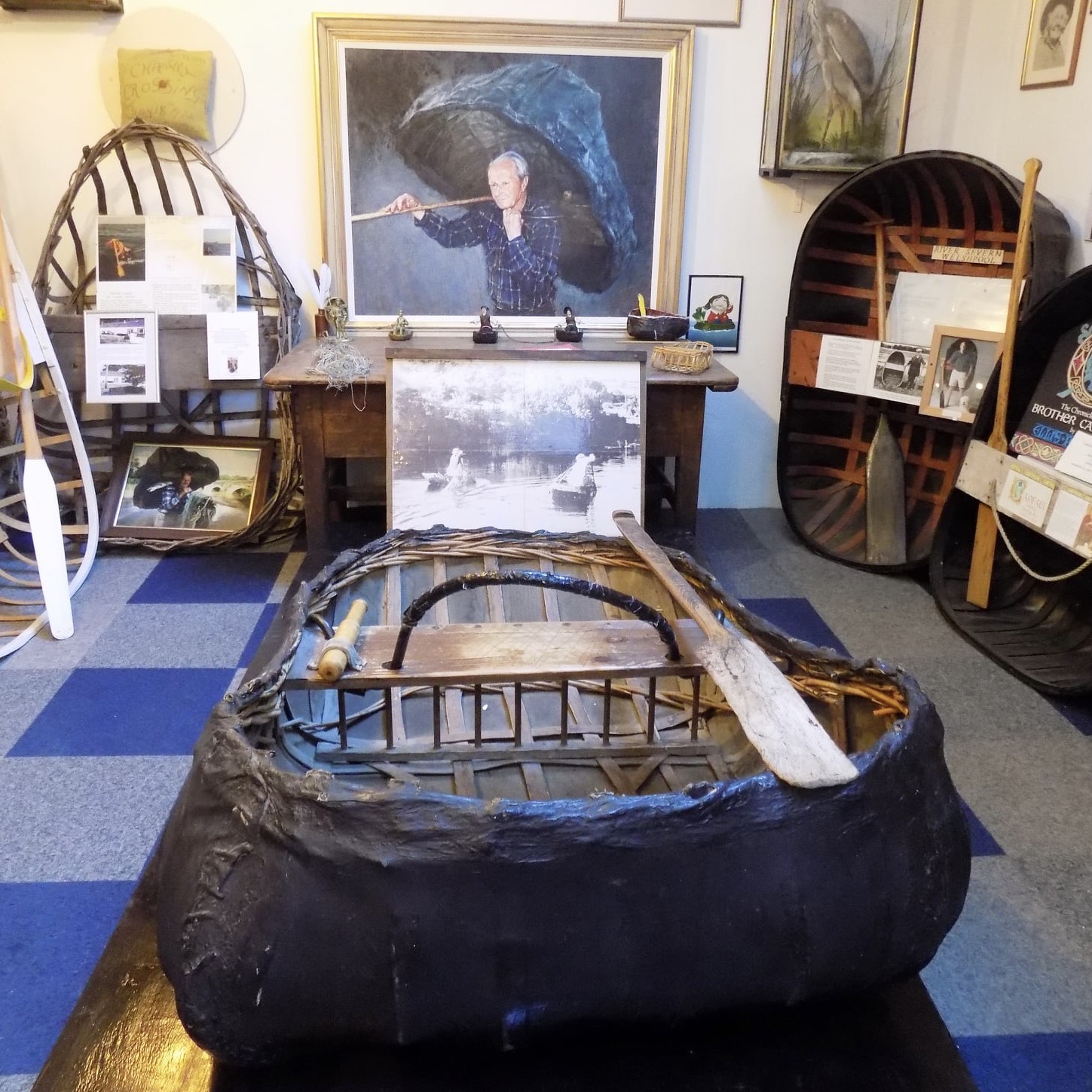
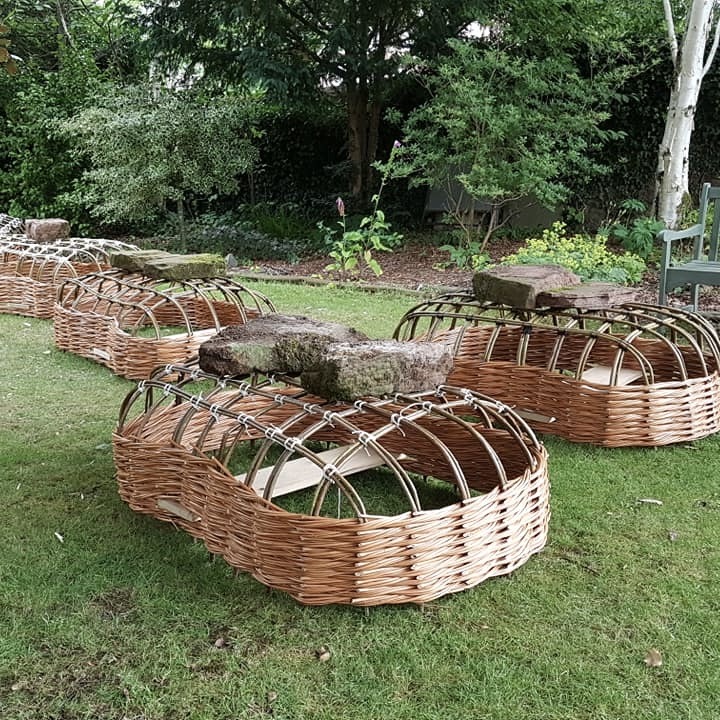
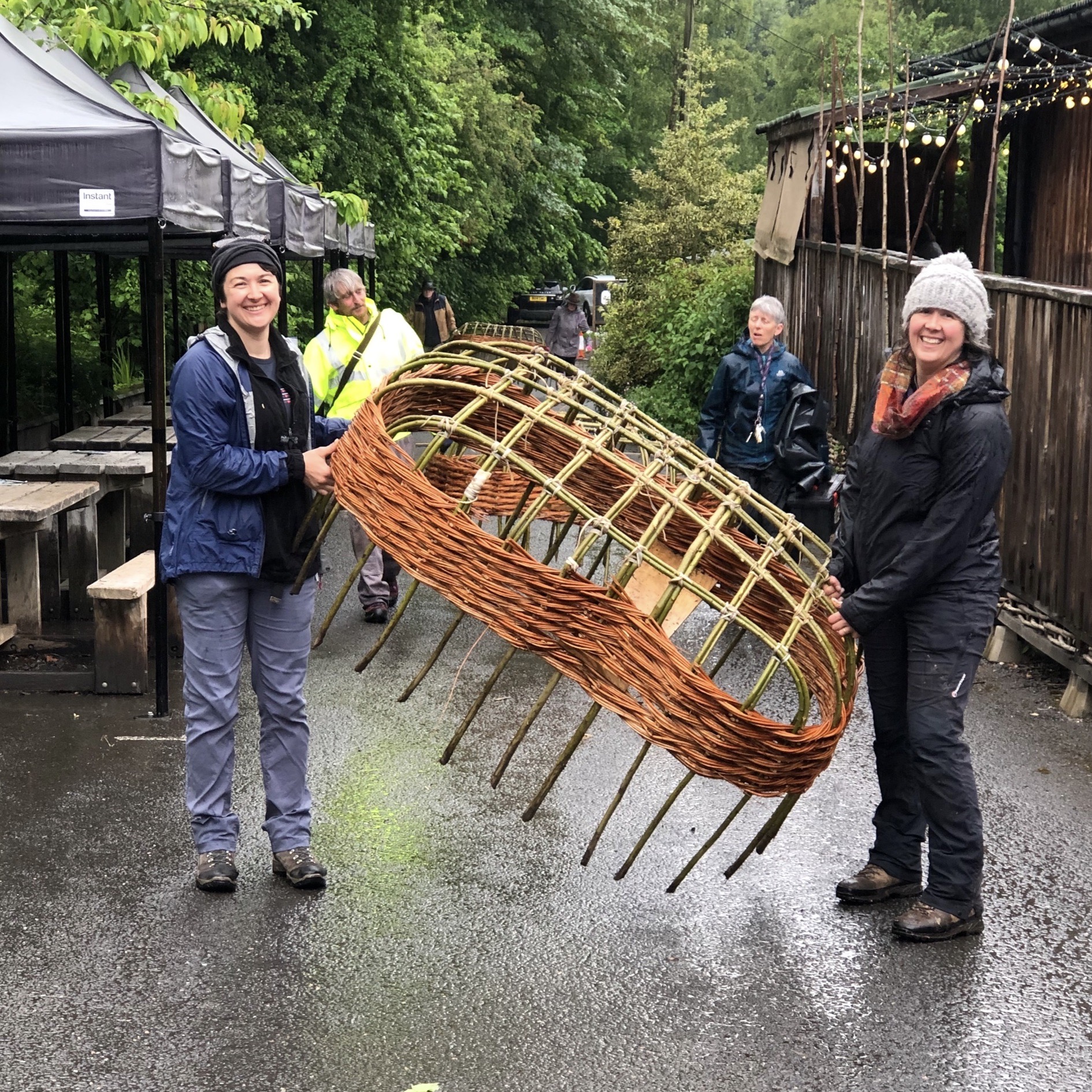
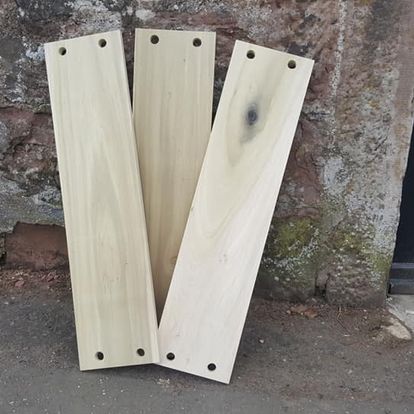

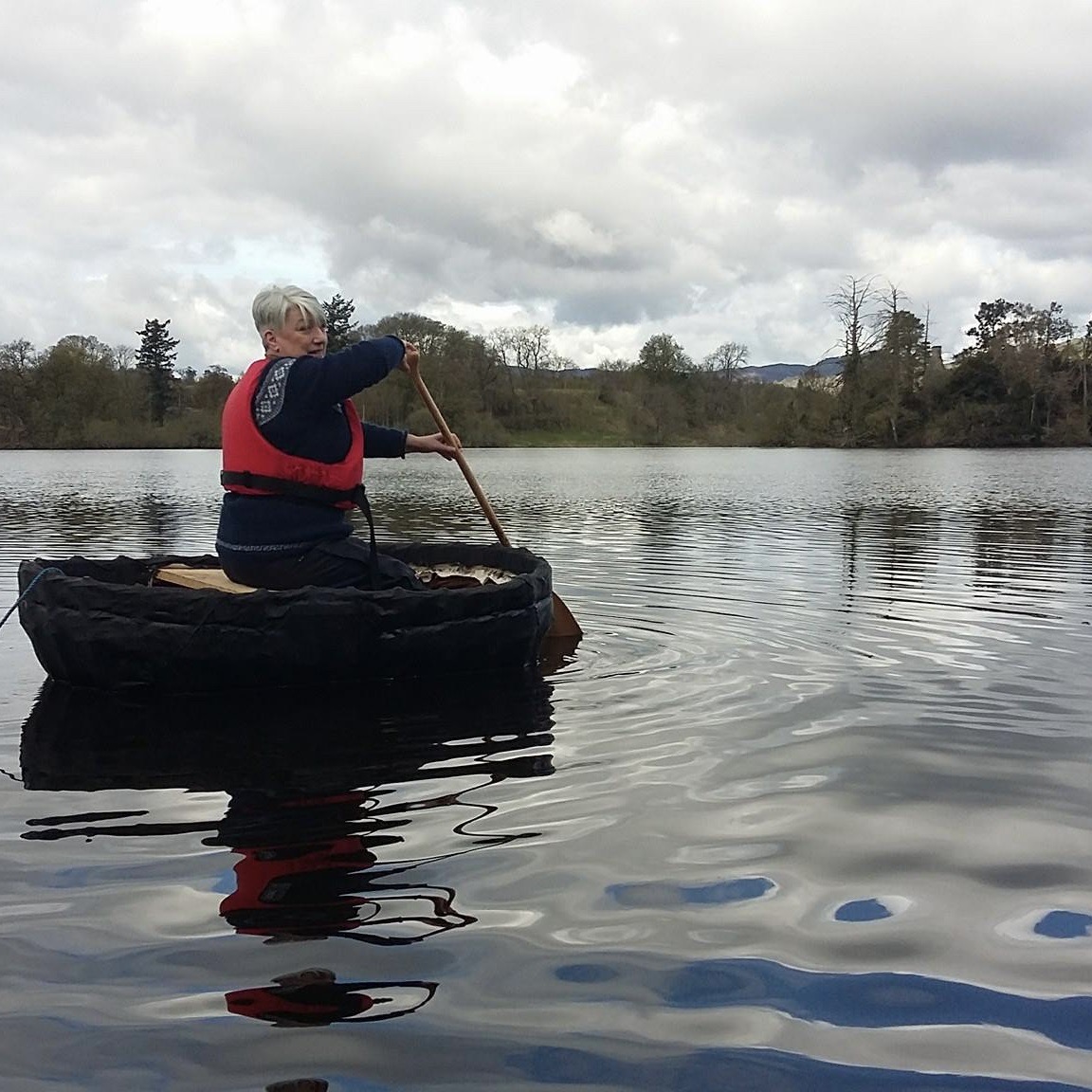
Here are some videos of Jane, Jane with Ben Fogle and (just for fun) one of me trying to paddle a coracle on Clunie Loch, near Blairgowrie!
This video of Jane is from last summer with Ben Fogle in his series ‘Scotlands’ Sacred Islands’. You can see Jane and Ben 47 minutes 27 seconds into the programme, where the footage of them sailing Jane’s coracles just off the stunning Sandeels Bay on the east coast of the Island of Iona, is nothing short of idyllic.
Me ‘on the rope’! IMG_1181
